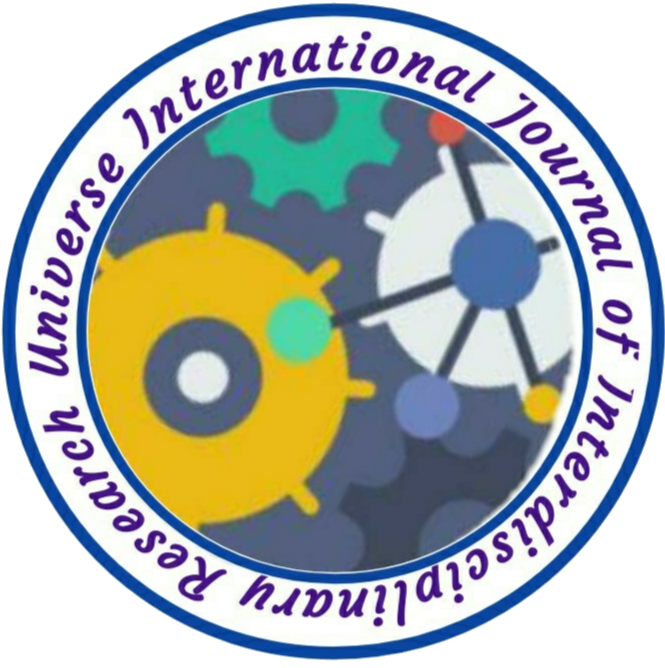PATRIARCHAL PRACTICES AND RESISTANCE IN ROALD DAHL’S MATILDA
Author Name: G. Karthika
Volume/Issue: 02/12
Country: India
DOI NO.: 08.2020-25662434 DOI Link: https://www.doi-ds.org/doilink/06.2022-92763552/UIJIR
Affiliation:
M.A Graduate, G. Venkataswamy Naidu College, Kovilpatti, Tamil Nadu
ABSTRACT
This article is an analyses of the Patriarchal Practice and Resistance in Roald Dahl’s Matilda. This story contains the discussion about the intrinsic and extrinsic elements in Matilda. The position of the characters is determined by their personal qualities and behaviour. Since children are only able to recognize kind-hearted character or well known as protagonist and evil character or antagonist in stories. Cavetti classify three literary devices most often used by formulaic writers, which are Suspense, Identification and The creation of a slightly removed imaginary world. From the structure of the novel, the novel has three important events. First, it is a part when the novel tells suspense in the story. Matilda is being ignored since she is really young and repeatedly mistreated by her parents. Second, it is part about the identification of the story. Matilda educates and teaches herself to read thus becomes smarter. She also revenges her parents in amusing ways. Third, it is part about the creation of imaginary world which is Matilda’s telekinetic ability. She uses her ability to play prank on Miss Trunchbull and help Miss Honey.
Key words: Intrinsic elements, Extrinsic elements.

No comment